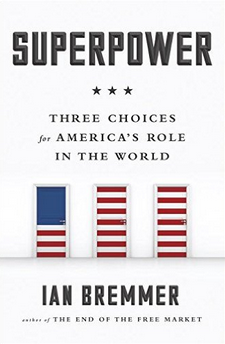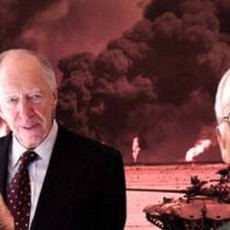
Fragmentation of Bretton Woods
LAGUNA BEACH – The world has changed considerably since political leaders from the 44 Allied countries met in 1944 in Bretton Woods, New Hampshire, to create the institutional framework for the post-World War II economic and monetary order. What has not changed in the last 70 years is the need for strong multilateral institutions. Yet national political support for the Bretton Woods institutions – the International Monetary Fund and the World Bank – seems to have reached an all-time low, undermining the global economy’s ability to meet its potential and contributing to geopolitical insecurity.
When the Bretton Woods conference was convened, its participants understood that the IMF and the World Bank were integral to global stability. Indeed, both institutions were designed to discourage individual countries from adopting short-sighted policies that would harm other economies’ performance, incite retaliatory action, and ultimately damage the entire world economy. In other words, they were intended to prevent the kind of beggar-thy-neighbor policies that many major economies adopted during the Great Depression of the 1930s.
Moreover, by encouraging better policy coordination and the pooling of financial resources, the Bretton Woods institutions boosted the effectiveness of international cooperation. And they enhanced stability by offering collective insurance to countries facing temporary hardship or struggling to meet their development-financing needs.
It is difficult to identify more than a small handful of countries that have not benefited in some way from the IMF or the World Bank. Yet countries seem hesitant to contribute to the reform and strengthening of these institutions. In fact, a growing number of systemically important countries have taken measures that are undermining the Fund and the Bank, albeit largely inadvertently.







